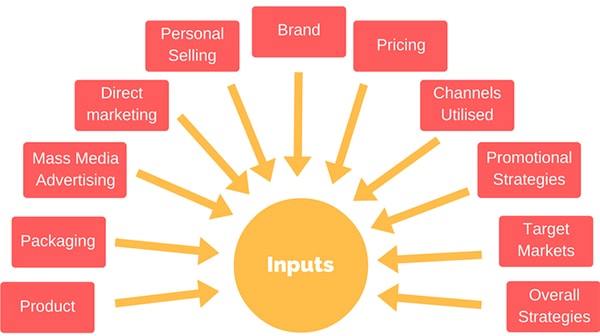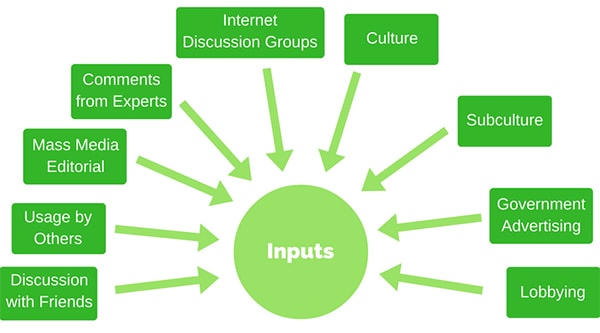
A Brief Guide to Consumer Decision-Making
How do we choose? I mean, what makes us decide what to buy, which products to buy, and which brands to buy them from? Well, there are a multitude of factors that contribute to a general consumer’s decision and eventual evaluation of a product, but how do we get there?
We’ve created a brief guide to consumer decision-making and the journey towards a purchase, so that you can understand what it is that you and many small businesses alike, can expect from customers when they’re in the crucial stages of decision-making.
Three levels of consumer decision-making:
- Extensive problem-solving
- Consumers have not yet established a criteria for evaluating the product
- They haven’t narrowed the number of brands to be considered
- Limited problem-solving
- Consumers have established a basic criteria for product evaluation
- They haven’t fully established brand preferences
- Routinised-response behaviour
- Consumers have some experience with the product category
- They have a well established set of criteria for product evaluation
- They may search for a small amount of information or may purchase out of habit
A simple model of consumer decision-making:

1. Input
Firms’ marketing strategies

Sociocultural environment

2. Process
Need recognition
The consumer does or does not understand what the certain needs they have that they need to be fulfilled.
Pre-purchase search
Consumers rely on past experiences as an internal source of information, but if this is insufficient, then consumers undertake an external search of information, which can include: Internet, in-store, brochures, product reviews, salespeople, friends and family, packaging, advertising, and direct marketing.
Evaluation of alternatives
Consumers have a small number of brands that they prefer to choose from, and a certain criteria that they use to base their decision upon. The set of brands are most usually categorised into acceptable/unacceptable and the criteria is usually based on important product attributes.
3. Output
- The Purchase
Consumers will (obviously) eventually decide whether or not to purchase a particular product. There are a few behaviours that we can learn from their ultimate decision:
- Trial purchases — some consumers purchase just to try a product, usually to evaluate the product and brand
- Repeat purchases — other consumers will find that the product is satisfactory and repurchases
- Long-term commitment purchases — some products require commitment, where a trial purchase is not possible; i.e. fridges, stoves, etc.
- Post-purchase evaluation
From prior expectations to the actual product performance, consumers track their journey and their perception is critical in evaluating the product — whether they’re satisfied, neutral, or dissatisfied.
